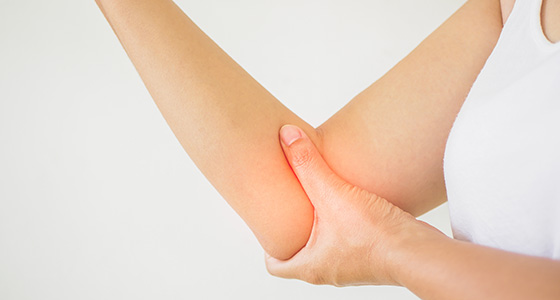- HOME
- Department
- Dermatology
Dermatology

(1) Overview
Dermatology is the department that deals with all symptoms that appear on the skin. In addition to common conditions such as inflammatory diseases like atopic dermatitis, psoriasis, and drug eruptions, as well as infections such as cellulitis and shingles, the Department of Dermatology at NTT Medical Center Tokyo is also actively engaged in dermatologic surgery.
(2) Policy
We are actively engaged in hospital-clinic collaboration to contribute to the care of patients in the community and strive to provide better, more compassionate medical services.
(3) Our Strengths
The Dermatology Department is staffed by five full-time physicians and is committed to addressing all types of skin conditions. If a patient requires hospitalization and a bed is available, same-day admission is possible. For inflammatory skin diseases such as atopic dermatitis and psoriasis, we actively adopt the latest treatments, including biologic agents and JAK inhibitors. We also handle severe drug eruptions. When necessary, we perform same-day incisions for subcutaneous abscesses or hematomas. For patients with difficult-to-diagnose conditions, we promptly perform skin biopsies to ensure timely treatment. Below is our treatment policy in the field of dermatologic surgery.
①Skin Tumors
We treat both benign tumors such as epidermoid cysts and lipomas, as well as malignant tumors like basal cell carcinoma and squamous cell carcinoma. Procedures for conditions like epidermoid cysts or nevi are typically performed as outpatient surgeries, while larger lipomas may require inpatient surgery for removal. For small lesions such as seborrheic keratosis, we also offer carbon dioxide laser treatment (not covered by insurance).
For malignant tumors requiring wide excision, skin grafting or local flap surgery is performed within the dermatology department. For lesions located in cosmetically sensitive areas like around the eyes or nose, surgery is referred to and coordinated with the plastic surgery department. We do not currently treat malignant melanoma, as we do not yet have the necessary system in place.
②Varicose Veins of the Lower Extremities
Since 2008, the Dermatology Department at NTT Medical Center Tokyo has operated a specialized outpatient clinic for varicose veins. From 2008 to 2015, we performed approximately 1,500 stripping surgeries, and since 2015, we have carried out nearly 800 cases of endovenous laser ablation (EVLA), all without any major complications to date.
Initial consultations for varicose veins are held by appointment on Tuesday and Thursday afternoons. Each consultation lasts over 30 minutes and includes a medical interview, ultrasound examination by the attending physician, surgical consultation, and guidance on compression therapy.
Surgical treatment mainly consists of endovenous laser ablation performed under local anesthesia, as a day surgery that takes about 30 minutes. Postoperative pain is minimal, and there are almost no restrictions on daily activities.
Because severe varicose veins can lead to conditions such as lower leg dermatitis, panniculitis, and skin ulcers, we began treating them in the dermatology department. However, as varicose veins are a benign condition, we decide whether surgery is necessary through consultation with the patient.
③Skin Ulcers
Arterial ulcers caused by severe lower limb ischemia are treated after the cardiology department performs endovascular interventions to dilate the narrowed arteries. In some cases, amputation may be necessary, and treatment is carried out in collaboration with departments such as plastic surgery and rehabilitation. To ensure a coordinated approach, we hold a monthly in-hospital foot care conference to determine treatment plans.
For venous stasis ulcers due to primary varicose veins, surgical treatment is prioritized, followed by continuous compression therapy. If the ulcer area is extensive, hospitalization is required, and treatments such as negative pressure wound therapy or skin grafting may be performed.
Other procedures include local flap surgery for pilonidal sinus in the buttocks, skin grafting and biologic therapy for chronic hidradenitis suppurativa, and skin grafting for ulcers caused by low-temperature burns or third-degree thermal burns.
Message for Our Patients
With advances in medical science, new treatments and medical devices for skin diseases have continued to emerge, making it possible to achieve improvements that were once unimaginable. However, there are still many chronic and hard-to-treat skin conditions.
Our department remains committed to continually striving to improve patient satisfaction with treatment. We kindly ask for your understanding that some skin conditions may take time to treat, and we hope to work together with you toward improvement through ongoing care.